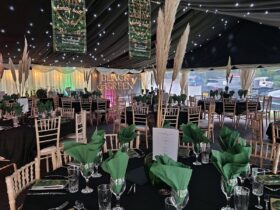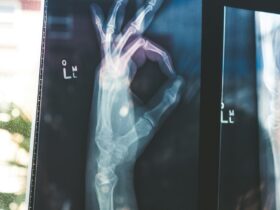Article
A solar eclipse is a celestial event that occurs when the moon passes between the Earth and the sun, temporarily blocking the sun’s light and casting a shadow on the Earth’s surface. The next solar eclipse, eagerly anticipated by skywatchers and astronomy enthusiasts, offers a unique opportunity to witness this rare and awe-inspiring phenomenon. To make the most of this experience, it’s essential to prepare in advance and observe safety precautions to protect your eyes and ensure a memorable viewing.
The next solar eclipse will be visible from various locations across the globe, with its visibility and duration depending on your geographical position. Partial solar eclipses, where the moon covers only a portion of the sun, are more common and can be observed more frequently than total solar eclipses, where the moon completely covers the sun.
During a solar eclipse, the sky darkens, and the sun’s outer atmosphere, known as the corona, becomes visible as a shimmering halo around the moon. This breathtaking sight provides a unique opportunity for both amateur and professional astronomers to study the sun’s corona and other solar phenomena.
Safety is crucial when viewing a solar eclipse, as looking directly at the sun without proper eye protection can cause severe and permanent eye damage. To safely observe the next solar eclipse, it’s essential to follow these guidelines:
1. Use proper eye protection: Special solar eclipse glasses or viewers, made with solar filters, must be worn to safely observe the sun during a solar eclipse. Regular sunglasses, binoculars, or telescopes without solar filters are not safe for viewing the eclipse.
2. Inspect your solar eclipse glasses: Before using your solar eclipse glasses or viewers, inspect them for any scratches, punctures, or damages. If the filters are compromised, do not use them, as they will not provide adequate protection.
3. Supervise children: Ensure that children who are viewing the solar eclipse are wearing appropriate solar eclipse glasses and are supervised at all times to prevent them from looking at the sun without proper protection.
In addition to following safety precautions, consider these tips to enhance your experience while viewing the next solar eclipse:
1. Choose the right location: Research the best locations for viewing the solar eclipse, considering factors such as accessibility, weather, and local viewing events organized by astronomy clubs or educational institutions.
2. Check the weather forecast: Clear skies are ideal for observing a solar eclipse. Keep an eye on weather forecasts leading up to the event, and be prepared to change locations if necessary to optimize your viewing experience.
3. Prepare essential equipment: Bring solar eclipse glasses, a camera or smartphone for capturing the event, a tripod for stable photography, and a chair or blanket for comfortable viewing.
4. Share the experience: A solar eclipse is a unique and memorable event, so consider sharing it with friends, family, or joining a local viewing party to enjoy the spectacle together.
The next solar eclipse offers a rare opportunity to witness a remarkable celestial event. By planning ahead, using proper eye protection, and following essential guidelines, you can safely and thoroughly enjoy this extraordinary experience.










